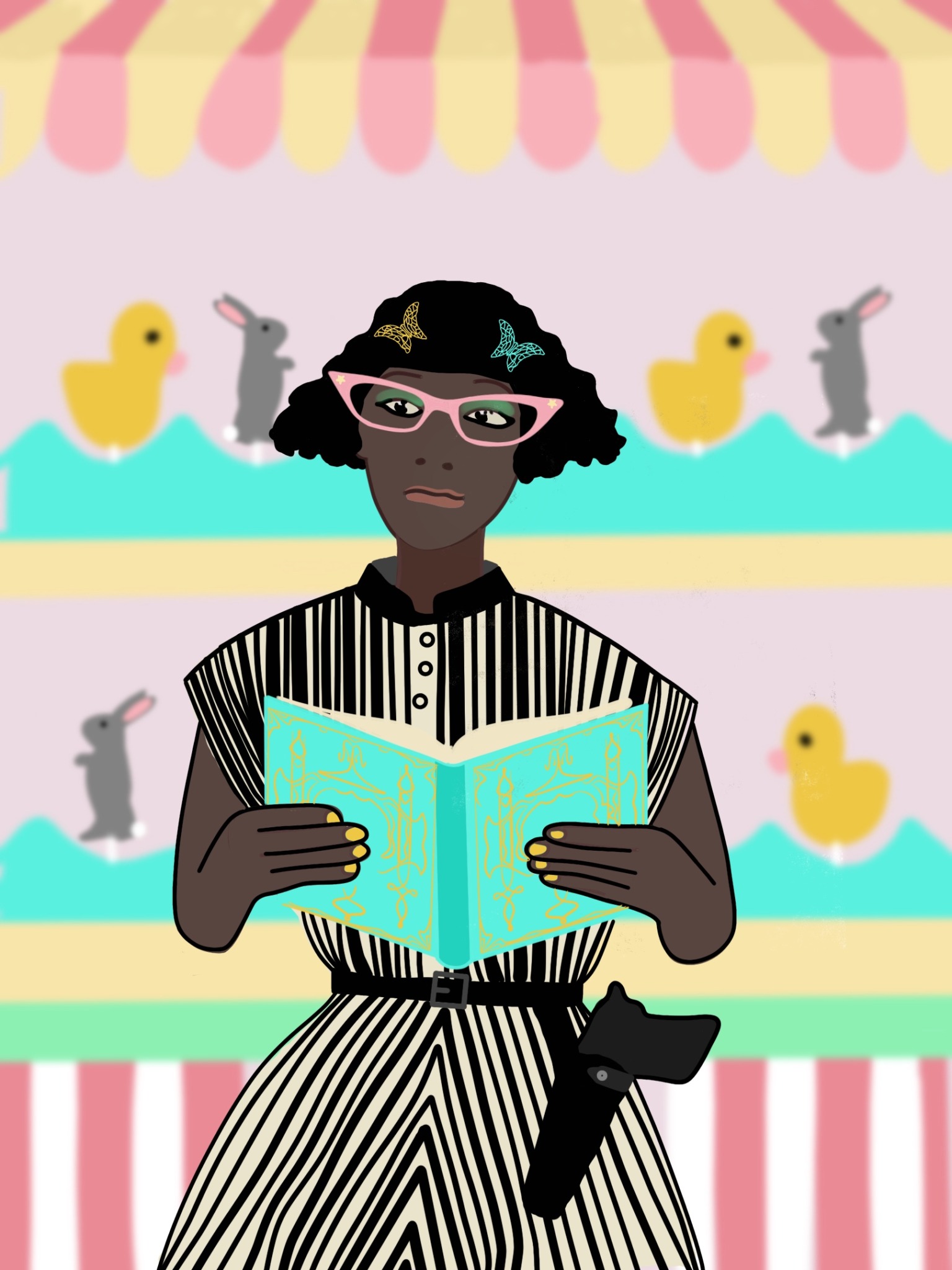We recently connected with Cory Bilicko and have shared our conversation below.
Alright, Cory thanks for taking the time to share your stories and insights with us today. What’s been the most meaningful project you’ve worked on?
As a teaching artist in Long Beach, I’ve had the pleasure and honor of working with individuals of varied backgrounds on numerous projects.
Of those undertakings, the most meaningful one was the project I did for my Creative Corps Fellowship from the California Arts Council in 2024– I mentored 37 Cambodian non-artists ranging in age from 5 to 98 to help each one share a personal story through a visual art work and a written piece. Those creations were all featured in a traveling exhibit titled The Un-Invisible Project.
The participants delved into topics such as: life in Cambodia before and during the Khmer Rouge genocide; the struggles of living in refugee camps; migrating and acclimating to life in the United States, particularly Long Beach; and how today’s children enjoy a relatively normal life, mostly unaware of the atrocities inflicted upon their ancestors.
Their stories are too important to go unheard or unseen, so my goal was to create a safe, supportive environment for them to share as much as they were comfortable sharing.
Beyond educating the public about their personal histories, I wanted the project to be therapeutic for the local Cambodians who had previously kept their personal narratives to themselves. Many of them told me that the project helped them cope with trauma related to the genocide and being uprooted from their homeland.

Cory, love having you share your insights with us. Before we ask you more questions, maybe you can take a moment to introduce yourself to our readers who might have missed our earlier conversations?
In my personal practice, I’m a visual artist who makes richly colored paintings, digital drawings and mixed media. My work primarily examines social-justice issues, usually through the eyes of an individual other than myself. Maybe that’s because, before becoming a visual artist, I studied acting. So, I had those experiences of exploring various themes related to the human condition, but as an actor embodying another persona.
So now, when I create a painting, I approach it by trying to get into the mind or heart or experience of a person, animal or other entity. That individual usually ends up being a reflection of or microcosm for the darker aspects of society or humankind because, in creating art, it’s hard not to point out the unjust, unfair and ugly aspects of our collective selves. However, I try to always bring in a lens of hope; I try to find the beauty within the darkness.
As a teaching artist, it’s about providing a framework, materials and encouragement. I supplement my artist income by working as a substitute teacher, and the teachers I sub for know I’m an artist, which gives me plenty of opportunities to teach art. What’s interesting is that, just as I’ve noticed a lack of self-assurance within many kids in art-making, there are many teachers who have a significant lack of confidence in teaching art. So, they lean on me to provide creative opportunities for their students. It’s a win-win-win.
As for new projects, I’m a current recipient of the Professional Artist Fellowship through the Arts Council for Long Beach, and for the group exhibit I’ll be in with the other recipients, I’m developing a project that is aspirational. I have hope for humankind, and I want to create a piece that shows what society could look like if we opened our minds and hearts more.

What do you think is the goal or mission that drives your creative journey?
What primarily drives me is the desire to be part of a push towards equality and justice for all people. A human being is a human being. Period. Each of us deserves to be seen, heard and respected for who we are as inhabitants of this planet.

How can we best help foster a strong, supportive environment for artists and creatives?
The best thing folks can do to support artists is to stop buying mass-produced art from corporate retail stores and visit a local gallery or art walk instead. Reach out to an artist you follow on social media and buy art from them directly. Many artists offer various levels of affordability, including prints of their original art works. Find a local gallery, and subscribe to their newsletter or follow them on social media to see what shows they’ll have coming up.
Contact Info:
- Website: https://www.corybilicko.com
- Instagram: @artistcorybilicko






